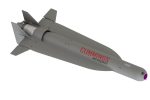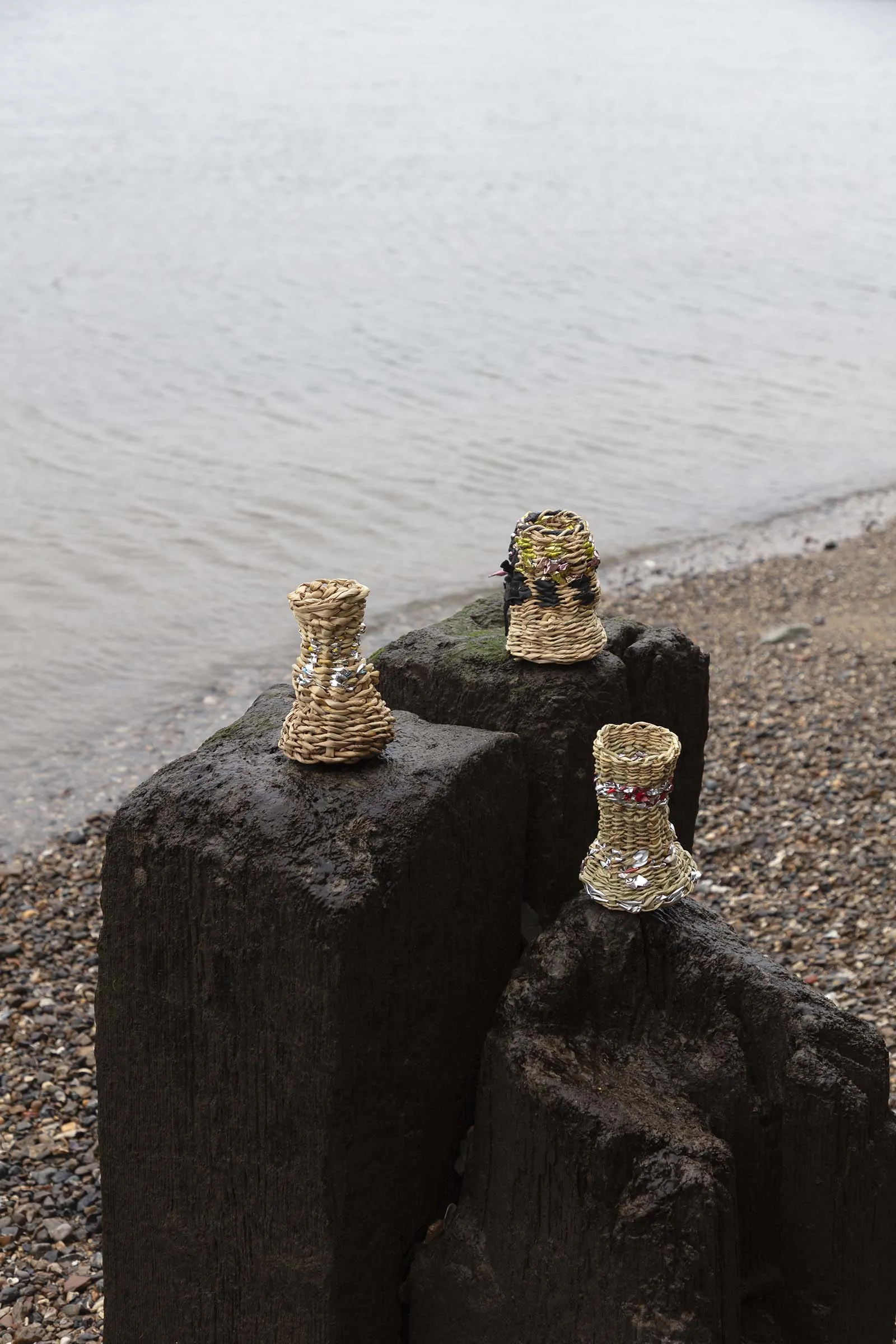www.artofvfx.com
InterviewsCaptain America Brave New World: Dan Cox (VFX Supervisor) & Sidney Kombo-Kintombo (Senior Animation Supervisor) Weta FXBy Vincent Frei - 31/03/2025 With two decades of experience in visual effects, Dan Cox has contributed his expertise to various studios like ILM, Blizzard Entertainment, Sony Pictures Imageworks, and Weta FX. His filmography includes titles such as The Adventures of Tintin, Black Adam, Black Panther: Wakanda Forever, and Avatar: The Way of Water.Last year, Sidney Kombo-Kintombo took us behind the scenes of Weta FXs work on Black Panther: Wakanda Forever. Now, he returns to talk about the new Captain America.How did you and Weta FX get involved on this series?Dan Cox (DC): We were approached early in production to take on the previs work for the Red Hulk sequence. We met with the producers of the film as well as the director. We were given the script, asked to build out the third act based on that kickoff. Prevising the third act with the client was iterative and intensive, which allowed us to explore lots of ideas and action set pieces.Sidney Kombo-Kintombo (SKK): It started with the question of how we could create a convincing fight between a human Captain America and the Red Hulk. We then created a quick test of an action sequence as a proof of concept, as Dan mentioned. It was received well by the client side. And from there, I was asked to oversee the creation of the Red Hulk animation on Weta FXs side.How do you feel to be back into the MCU?DC: It is always fun to jump back into the Marvel universe. Its a blast to work on these hugeprojects with such rich characters. Having the opportunity to introduce the world to a new Marvel character is both challenging and exciting.SKK: It is always a humbling experience and a privilege to be considered for the screen interpretation of a fan favourite comic character. It was exciting to be part of that new challenge.How was the collaboration with VFX Supervisor Alessandro Ongaro?DC: Alessandro has worked with Weta FX before, so I feel like he came into the project with a lot of confidence in us. He was a great collaborator as well and gave us plenty of space to take risks and come up with new ideas. Ale came in halfway through the project, but very quickly made it his own. He was a real champion of Weta and we love the opportunity to work with him.SKK: Ale really has mastered the art of collaboration. He knows what is needed and puts you in a position where you feel empowered and trusted to develop and push concepts and ideas. We really enjoyed having him as our counterpart both humanly and professionally.What are the sequences made by Weta FX?DC: Weta FX completed the third act of the film. From the moment of transformation of Ross to Red Hulk in the White House Rose Garden, till the moment he transforms back to Ross in a destroyed Hains Point. Our action took us from the Rose Garden to the rooftop, past the Washington Monument, through the forest of Hains Point, onto the streets of Hains Point.Red Hulk is a highly anticipated character, especially with Harrison Ford portraying him. Can you walk us through the initial design process and the challenges of capturing his likeness while staying true to the actor?DC: We were given a design from the Visual Development team at Marvel, with the overall height and proportions of the character pretty set in stone. We took this design and made some adjustments to the body to make it more anatomically correct, which allowed us to build a sophisticated creature rig to drive it.I pitched the idea to Bill Westenhofer (the VFX supervisor at the time) that we could add some of Harrisons features into the Red Hulk design to give it a closer likeness to the iconic actor. He gave us the thumbs up to have a play and see what we could come up with. We were adamant that the eyes of Red Hulk should be 1 to 1 the eyes of Harrison, which really helped us when animating Red Hulk. We made mouth adjustments to give the asymmetry that is dominant on Harrisons face. He has a very subtle but distinctive look to one side of his mouth that we put in. This allowed us to hit mouth expressions much more like Harrison as we got into animating. We then made adjustments to the nose from the original design, playing with scale and proportions, to look more like Harrisons nose. All of these in combination gave a strong likeness to the actor in the design.How did you approach Red Hulks facial animation?SKK: All facial animation on Red Hulk was keyframed. We used reference from Harisson to analyze and identify key features that make him unique and created a bank of expressions that we used throughout the show. Paul Seyb, our facial lead, did a tremendous job developing a workflow that was consistent from one shot to the next and maintained the illusion of life.The fight between Red Hulk and Captain America is a major sequence in the film. What were the biggest artistic and technical challenges in animating this battle, particularly in terms of weight, power, and fight dynamics?SKK: Lets say that it was as fun as it was challenging. The weight and the speed are the two parts of the equation that we try to solve on pretty much every shot. We are fortunate to have a very capable crew of stunt artists at our mocap stage, that gave us a solid foundation for the movements that I was designing for Red Hulk. Once we had that captured, the next stage was to augment and complexifie the performance by adding a layer of keyframe. We pushed the key poses and overlapping actions, to better sell the appeal and the weight of that monster of a guy. So, you end up with a mix of say 35% of mocap for 65% of keyframe. There were simply too many shots where keyframing was the fastest way to the intention that we had in mind. And for that, the animation crew produced some of the best bipedal animation Ive seen in a long time.Red Hulk has extreme musculature and proportions. How did you develop his muscle system and simulations to ensure realistic deformation, especially during fights and high-impact movements?DC: We started by collecting a lot of references of body-builder type physiques to better understand the proportions and range of motion of that body type. We hired a body builder/actor from New Zealand named Joel Oliver. We had him perform many of the actions from the film and recorded the performance from multiple camera angles. I passed this to our creature team to use as reference. We then modelled a new high-resolution muscle set and moved to a new and improved simulation engine. Then we developed a complex multi-layered approach to muscle activation (this included a combination of automated, animated, and anticipatory muscle activation in conjunction with shape targeting and delayed recruitment between different sections of muscles) pioneering a new way to add additional fine detail to the skin. Finally, we worked through the complexities of transforming President Ross to Red Hulk form including bones breaking and reforming, driving under skin vein detail and clothing ripping and disintegrating.Lighting and shading are crucial for a character of this complexity. How did you approach Red Hulks look across different lighting conditions in the film?The lighting was fairly straight forward as the majority of the scene takes place in late afternoon. The most difficult part of the lighting was maintaining a certain color range in the red skin. The client was very particular about the color red. As we added sky fill, the skin would go magenta. As we added green canopy light from the trees in the forest, his skin would go orange. There were constant adjustments being made to keep Red Hulk the right red for the movie.What were the biggest challenges in animating and simulating Red Hulks interactions with his environment, such as destruction, impacts, and dust effects?DC: Mainly it was the quantity. Every time Red Hulk interacts with something, the client wanted it damaged or destroyed. This meant every footfall had interaction. We were destroying sod in the White House Rose Garden. We were breaking stone or bending the rooftop panels on the White House rooftop. We were breaking up the concrete for every footfall on the street at Hains Point.Were these systems pushed further or enhanced specifically for Captain America: Brave New World? If so, what aspects of the pipeline were adapted or developed for this project?DC: Specific developments implemented for Red Hulk included using Loki for muscle sims on a hero character, striations work for additional skin detail, as well as combining the layers of muscle activation, automation, animation, anticipation, and striations weve done some before but not all combined. We also added the delayed recruitment of certain muscle sections, like to the pecs to get a pec roll effect. We also established dynamic substeps for our solver based on the velocity of Red Hulks limbs to deal with his super hero moves.Some sequences involve large-scale destruction. What were the biggest technical challenges in simulating the collapse or damage of the environments while maintaining a high level of realism?DC: We have methods for large-scale destruction. It was the compounding destruction that proved to be the most difficult. Breaking a building takes a lot of artistry, but we have the artists to do it. Now rebreaking the same building multiple times is a challenge. It is a multistep process of destroying something, modelling a new end state, and then passing that back to FX to destroy again. Rinse and repeat. There needed to be a lot of coordination and planning to get all of the destruction and end states managed.Looking back on the project, what aspects of the visual effects are you most proud of?DC: I am extremely proud of Red Hulk. He is such an iconic character anyway and then to have Harrison Ford play the character was the icing on the cake. Even though we have some pretty sophisticated creature tools and development at Weta FX, we wanted to innovate even more for Red Hulk and raise the bar again, and we certainly did that. The creature work is some of the most sophisticated and complex work that Weta has ever done. To have a shirtless character with a chiseled physique on screen for the entire thirdact was always going to be difficult, but the teams at Weta stepped up and delivered again.SKK: We were lucky enough to be prevising the work on this show. Lots of what you see in the final product was designed in-house. Camera movement, pace, and scale. Seeing how it ultimately panned out was a real subject of pride for the Weta FX previs team. Im proud of all our work but the achievement of the previs department on this film has the edge for me.Which sequence or shot was the most challenging?SKK: Animation-wise, the most challenging thing was the animation of the muscle. We have to have a solid understanding of anatomy and dramatic timing to artistically direct what would be seen on screen. There are shots that we had to reanimate the muscle for close to a dozen times before getting it right. It took a bit, but the results were worth the efforts.Is there something specific that gives you some really short nights?SKK: Honestly, no. Once we determined what type of behavior the Red Hulk would have, it became a fun ride for the motion team.What is your favorite shot or sequence?SKK: Too many of them to pick one, but the angry Hulk after Cap says You want me? may be my preference.What is your best memory on this show?DC: Working with a lot of new faces. Weta FX is a big company so it is a lot of fun to get to know new people while working on large projects like this.SKK: Spending time on set with the client team, Ale and Yas, and understanding right there that we were building a special sequence.Whats the VFX shots count?DC: Weta completed 297 shots for Captain America: Brave New WorldA big thanks for your time.WANT TO KNOW MORE?Weta FX: Dedicated page about Captain America: Brave New World on Weta FX website.Alessandro Ongaro: Heres my interview of Production VFX Supervisor Alessandro Ongaro. Vincent Frei The Art of VFX 2025











